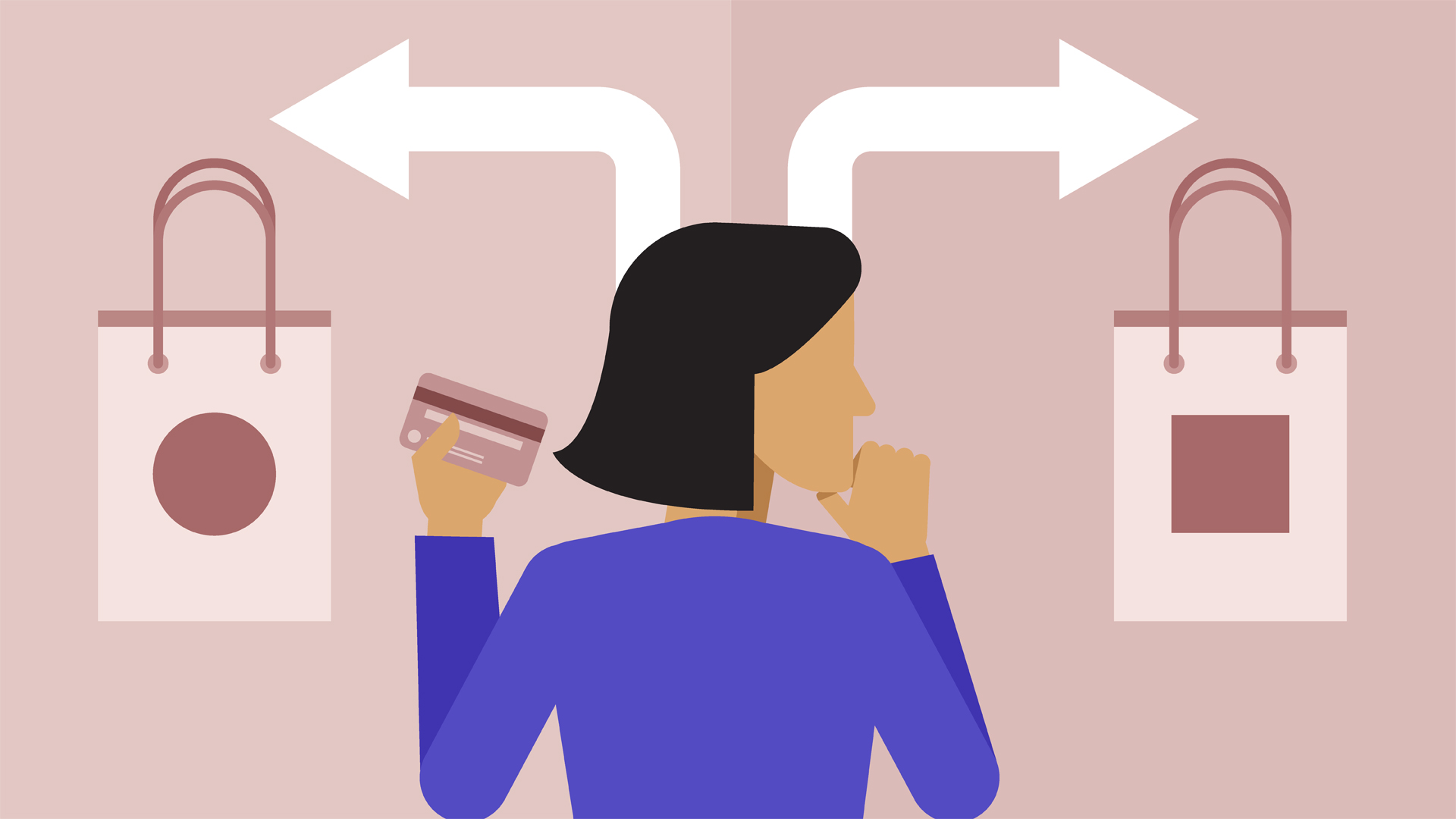Why Are Amazon Reviews Important?
One of the main features Amazon introduced to the marketplace world was the customer’s feedback on Amazon for its sellers. This simple review feature, added to the internet power of giving everyone instant access to information, changed the game. But beware! The power it gave to consumers to hurt businesses is way greater than the power it gave businesses to lure consumers in.
Adding to that, the number and overall quality of the reviews your products generate goes a significant way toward determining where they appear on Amazon’s product lists. The Amazon platform has millions of sellers, with many offering the same products, and an essential part of how Amazon separates the wheat from the chaff is to push the sellers that garner the best reviews. At its core, Amazon wants to offer a convenient, reliable, and good-quality experience for online shoppers, and the best way to do that is to promote the sellers that its users deem to be the best.
Psychological Study from Association for Psychological Science
“We found that people were biased toward choosing to purchase more popular products and that this sometimes led them to make very poor decisions,” says researcher Derek Powell of Stanford University, lead author of the study.
The researchers wanted to see how people would actually use review and rating information when choosing a product. In one online experiment, 132 adult participants looked at a series of phone cases, presented in pairs. The participants saw an average user rating and total number of reviews for each phone case and indicated which case in each pair they would buy.
Across various combinations of average rating and number of reviews, participants routinely chose the option with more reviews. This bias was so strong that they often favored the more-reviewed phone case even when both of the options had low ratings, effectively choosing the product that was, in statistical terms, more likely to be low quality.
It’s About Product Rankings
The number and overall quality of the reviews your products generate goes a significant way toward determining where they appear on Amazon’s product lists. The Amazon platform has millions of sellers, with many offering the same products, and an essential part of how Amazon separates the wheat from the chaff is to push the sellers that garner the best reviews. At its core, Amazon wants to offer a convenient, reliable, and good quality experience for online shoppers, and the best way to do that is to promote the sellers that its users deem to be the best.
People Trust Amazon Reviews
55 percent of shoppers use Amazon reviews to research products, and that includes people who may be standing in a physical store in front of the product they’re interested in buying. What this underlines is that people deeply trust Amazon reviews, and they’re more likely to believe and act on the information they find on the platform.
More Reviews = More Sales
The reason people trust Amazon reviews so much is that the platform takes a great deal of care in weeding out fake reviews. Add to this the fact that Amazon’s algorithms afford more weight to detailed, longer reviews, and it’s easy to understand why good reviews for your Amazon products are paramount to building trust and increasing sales.
How to Generate Amazon Product Reviews
The Amazon Feedback System
We’ve all received those post-purchase emails from Amazon, but what many sellers don’t realize is that they can customize the emails to encourage reviews.
However, it’s important to know that you shouldn’t actively ask for positive reviews, as this is something Amazon doesn’t like. Instead, ask for ‘feedback’ in a positive tone. If the product and buying experience was good, then you’ll generate the good reviews you seek without having to ask for them.
Use Inserts
An excellent way to remind a buyer that you’re a business that relies on reviews for success is to include inserts in the packages you ship out.
An insert that tells the buyer about your business and who you are has a good chance of fostering a review – and it also keeps your business in the customer’s mind for longer. When a customer feels more connected to your brand – as they should after receiving an order that meets or exceeds their expectations – they’re more likely to go the extra mile and leave you a glowing review.
Amazon’s Big Three
When it comes to the types of reviews Amazon prefers – and these are things the platform users to determine the ranking of your product – there are three key things you need to know.
- Amazon puts more weight on Verified Purchase reviews than other types of reviews. The platform knows these types of reviews are genuine, so they consider these reviews as the gold standard.
- Secondly, Amazon prefers reviews that are longer and more detailed over shorter reviews or simple star ratings. Again, the platform sees these reviews as a more authoritative source and will take them into account when ranking your product on search results.
- Lastly, the platform loves photo and video reviews or attachments. These elements provide real insight for other potential customers into the benefits and features of a product – which is great for Amazon and great for the business generating the review.

Special Note: Careful of competitors
- Reading comments on groups specializing in Amazon Sellers, we found a tricky way one seller was hurting another seller’s business. Seller A created a listing for product X and sent 32 units to FBA. They also enabled orders up to 32 units. Makes sense, right? 32 units for sale, hopefully, one buyer comes and buys the whole thing. In this case, it critically backfired.
- Seller B (their competition) bought all 32 units of the product, making it unavailable (damaging Seller’s A rating and probably losing the Buy Box), and then opened a return request, waited until the last day, and returned all items.
- What happened? Seller A lost the Buy Box, got its rating damaged, got out of product, out of money (payment delay), and returned their product a few days later. In all, you can spend 21-30 days in this cycle and lose a lot of money.
- What to do? NEVER make it possible to buy your whole inventory in one transaction. Set a limit and monitor your inventory regularly.

Sources:
https://www.psychologicalscience.org/
https://www.eurekalert.org/
https://www.forbes.com/



